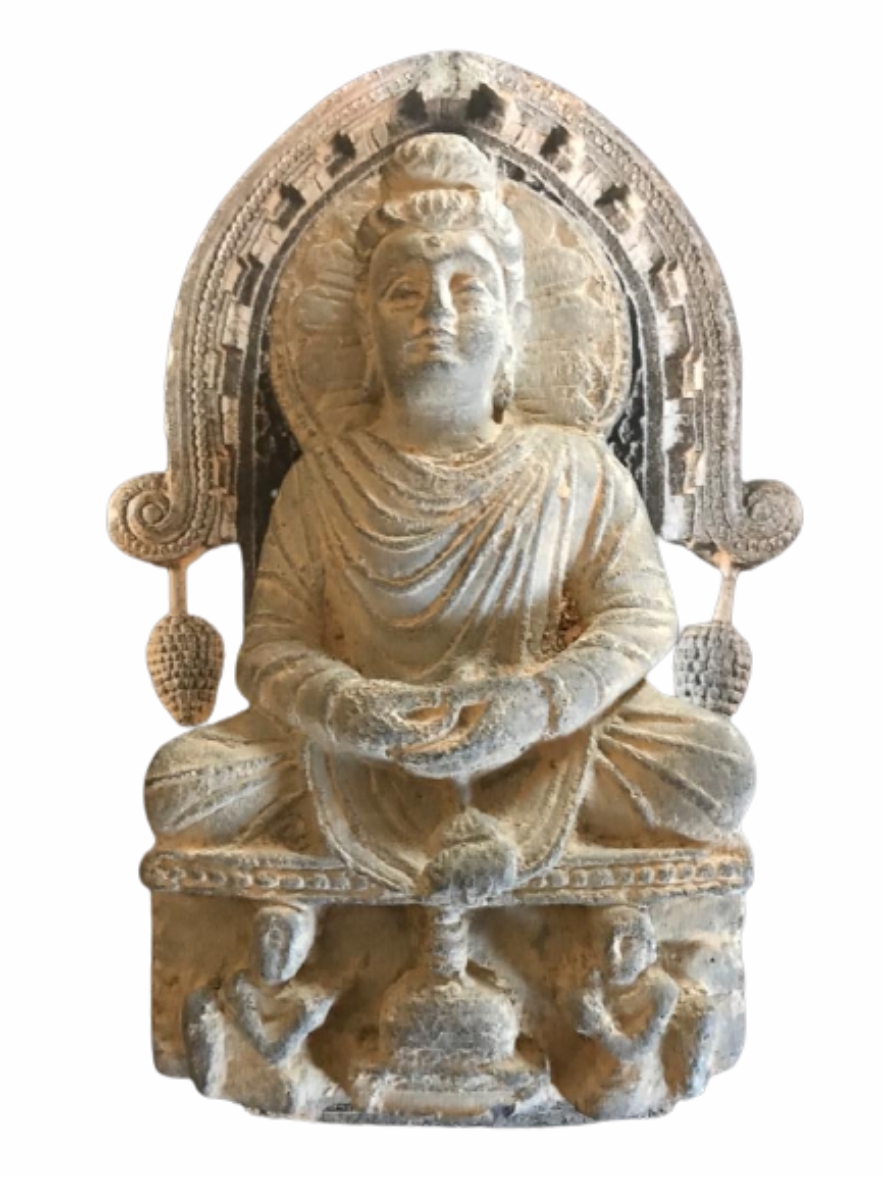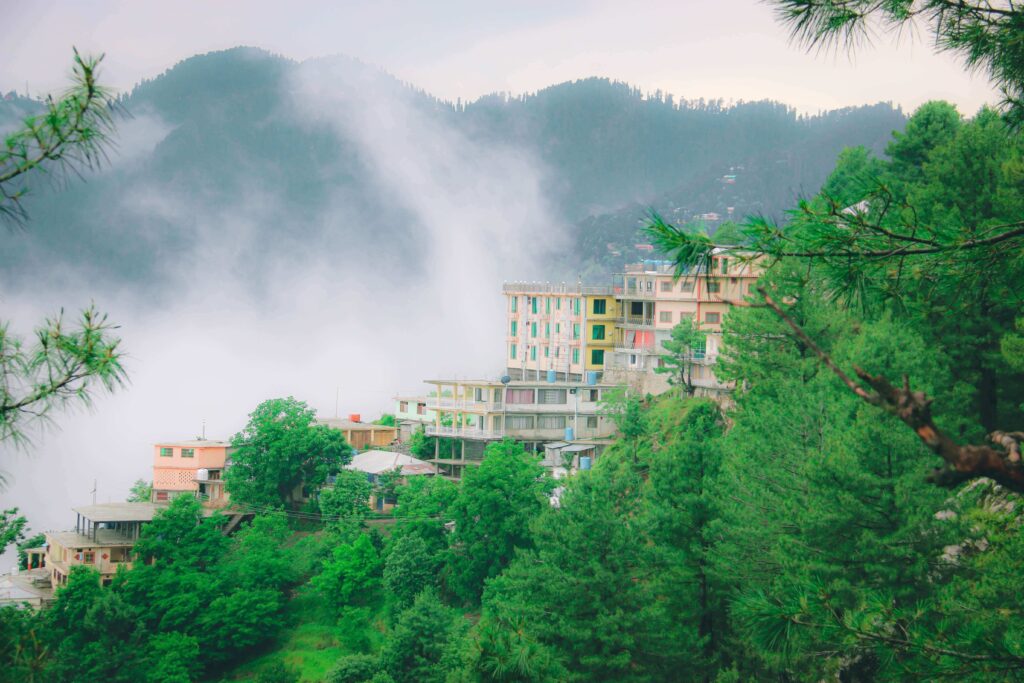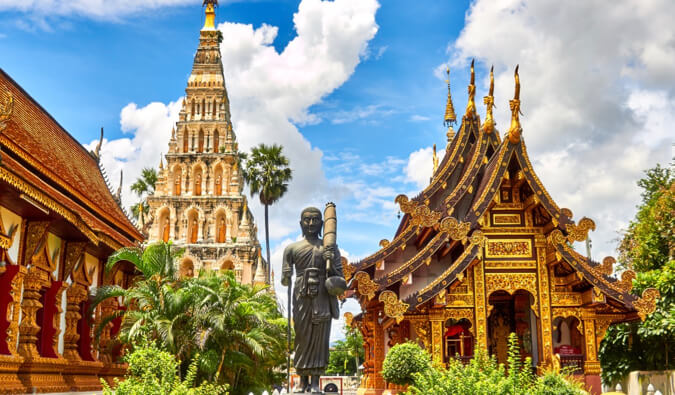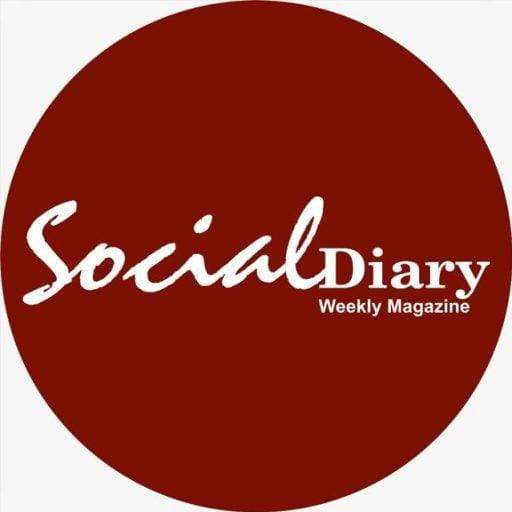Pakistan is home to a range of experiences. It is your haven of great wonders. While you may be planning to visit the various mountain ranges of the Northern areas, how about you make this Summer historically an enriching experience for the entire family and visit Taxila to dab into the era of Buddhism?
The Archaeological Museum, Taxila is situated 0.5 Kilometer northeast of Taxila Railway Station and 35 Kilometer North West of Islamabad. The building consists of a central hall flanked by two Galleries. It reflects the cultural history and varied achievements of the people of Taxila during the last four thousand years. From the vast collection of antiquities recovered from the excavations at Taxila, over seven thousand rare and preserved objects have been displayed in the museum. Learn what these are:
Stucco and terracotta sculptures (1st to 5th century A.D.)
The stone sculptures are mainly displayed in the main central Hall. Main Collection of the stone sculptures based on the relief panels representing previous birth storey (Jatakas) and life story of the Lord Buddah. Stucco is a fine past made of lime and sand or some time gypsum and sand. The finest pieces of the stucco and terracotta sculptures of Buddha Bodhisattvas devas(angles) monks, Hindu ascetics, lay worshippers, architectural elements and a unique scene of the death of Buddha (Mahaparinivana) are displayed in the northern gallery of the museum.
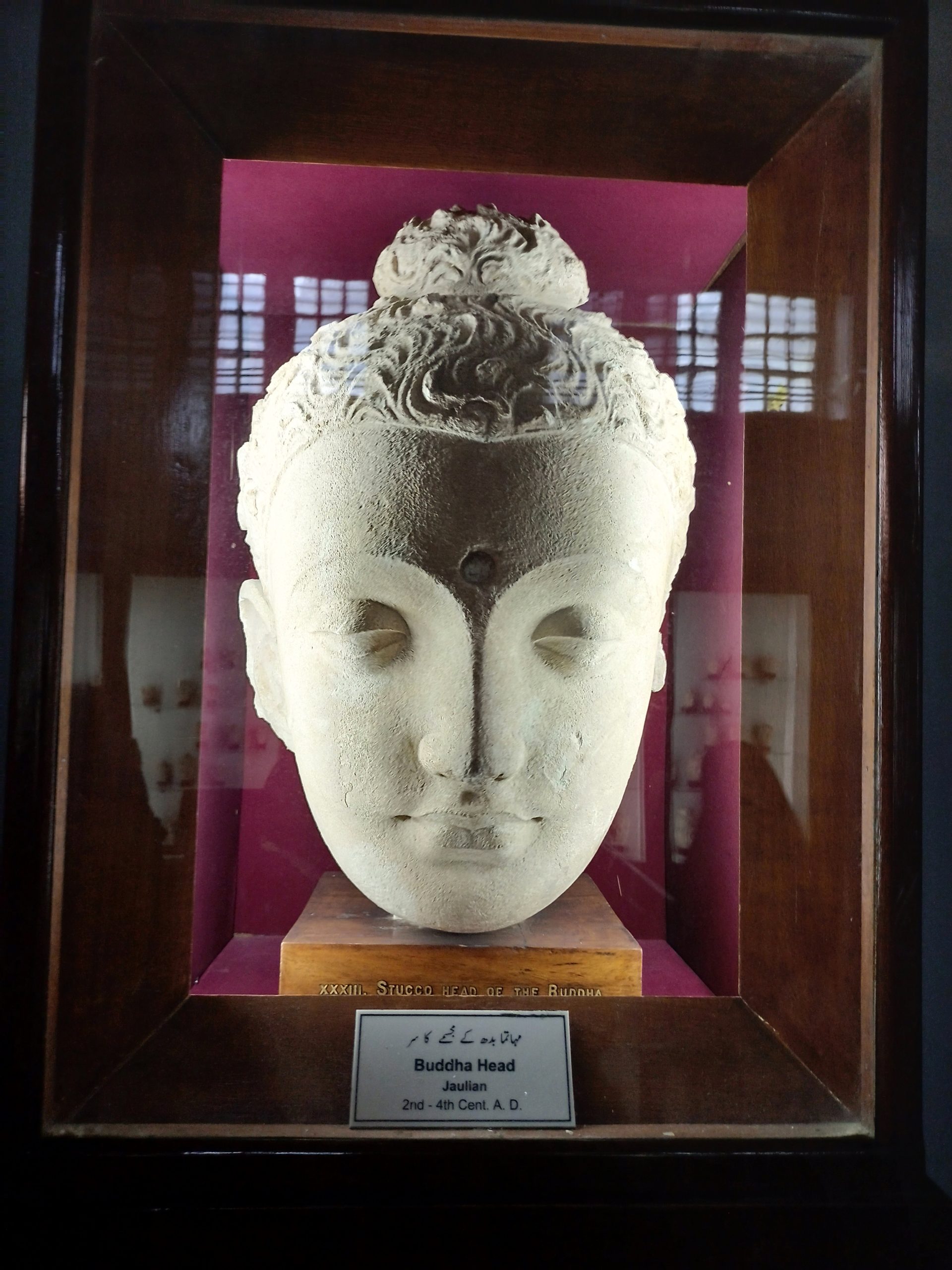
Gold and Silver Jewellery (3rd century to B.C. to 1st century A.D.)
An exquisite and wonderful collection of gold and silver jewellery with indigenes and Greco-Roman influence was discovered at Taxila and is preserved in the Museum jewellery room. Among the types of jewellery are the ear pendants of various shapes, necklaces, girdles, breast chains, belts; amulets, pendants, bangles, bracelets, torques, anklets and finger rings.
Coins (6th century B.C. to 5th century A.D.)
There is a vast collection of coins ranging from punch marked specimen of the Moriyan period 6th to 4th century B.C.) To the coins of Indo-Greek 2nd to early 1st century B.C.), Scythian (90 B.C. to 25 A.D.), Parthian (25 to 60 A.D.), Kushans (60 to 350 A.D.), Sassanian (350 to 390 A.D.), Kidara Kushans (390 to 460

Inscription and Writing Material (3rd century B.C. to 5th century A.D.)
A number of inscriptions found during excavations are preserved in this museum. These are in Aramaic, Kharoshthi and Brahmi scripts. A unique inscription in Aramaic was built in a wall of Sirkap. It mentions King Priya Darsi (Ashoka), his queen and sons and is dated to 3rd century B.C. Kharoshthi was the official script of Gandhara from n3rd century B.C. to 5th Century A.D. and the inscriptions in it are found on cornicepeice, bracket figures or pedestals of the statues. Brahmi script was also used at Taxila of the birchbark; pieces with writings in it recovered from Jaulian Monastery are preserved in the Museum. A number of copper, stone and pottery inkpots and writing tablets found from the excavations are the proud collection of this museum.
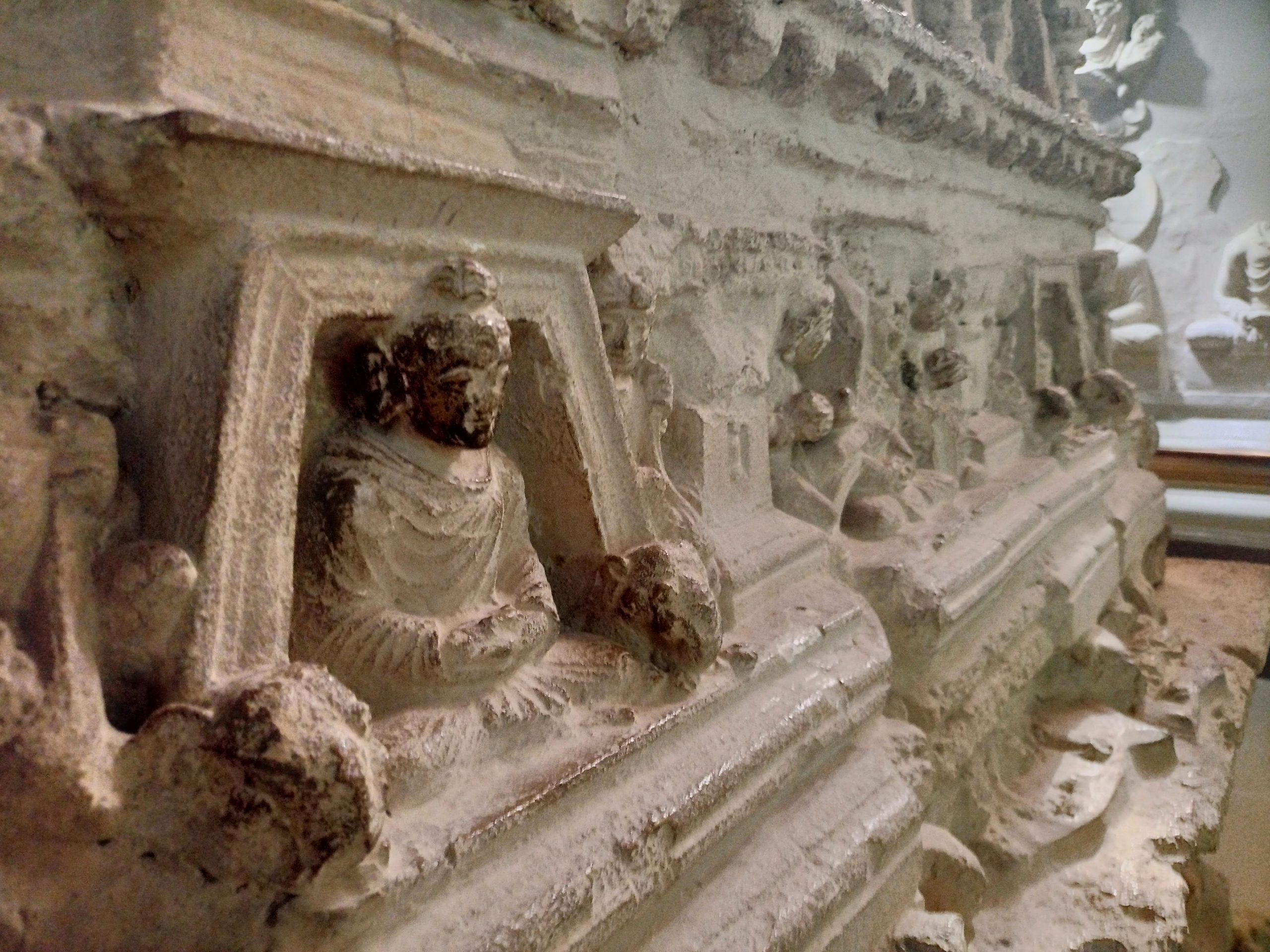
Pottery (6th century B.C. to 5th century A.D.)
Pottery or earthen vessels is the second major collection of the museum. It includes storage jars, oil, wine vessels, flasks, cooking pots, handled jugs, goblets, bowls, saucers, dishes and water condensers.
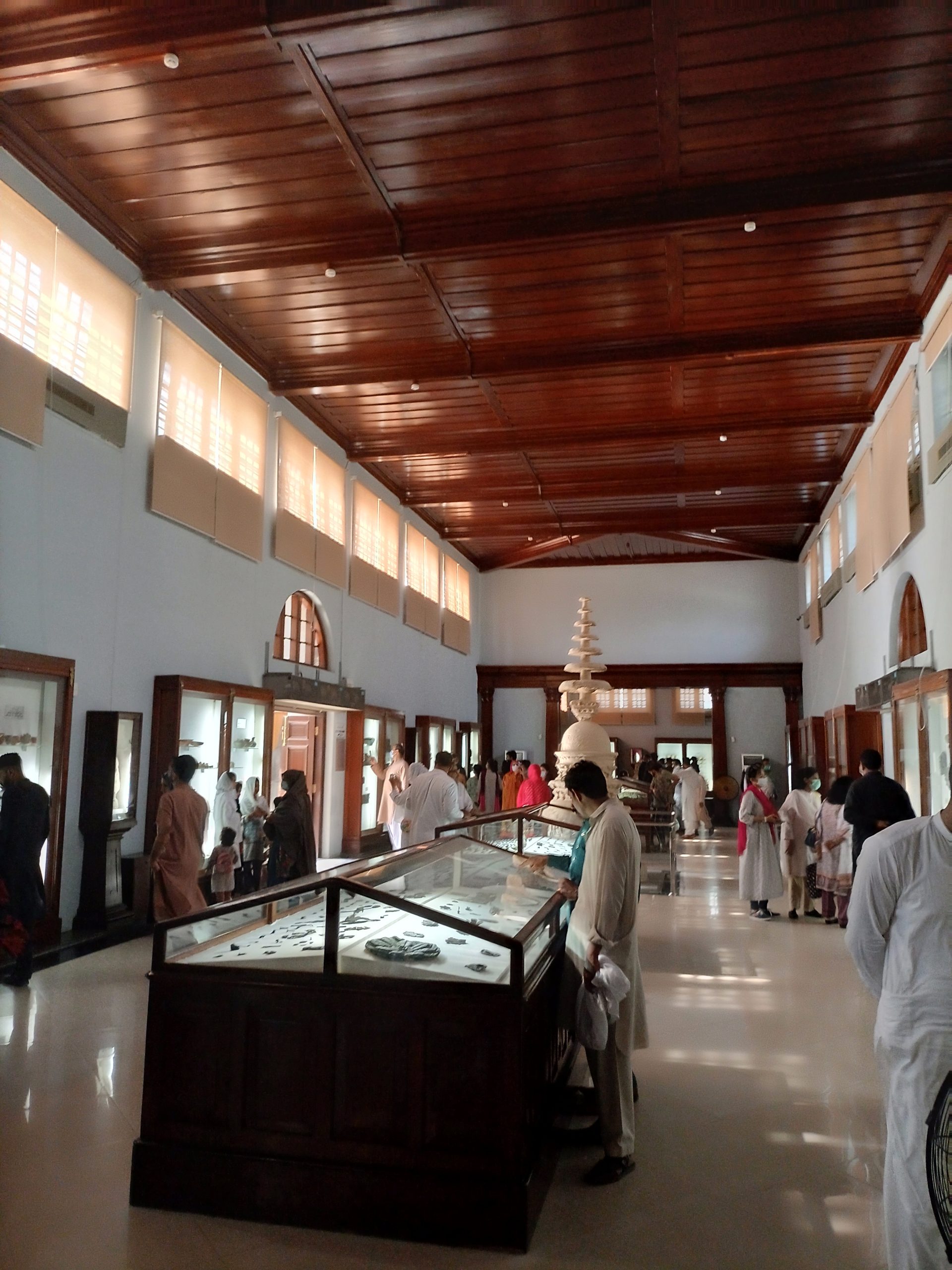

War Weapons (1st to 5th century A.D.)
Being a transitional area between the highlands of central Asia and alluvial plains of the Indus and Gangarivers, it remained subject to the continuous invasions, because all invaders who came from north or North West crossed this land. Many weapons were recovered during excavations of the sites; they consist of swords, spearheads, arrow heads, javelins, daggers and amours, which are displayed in the museum.
